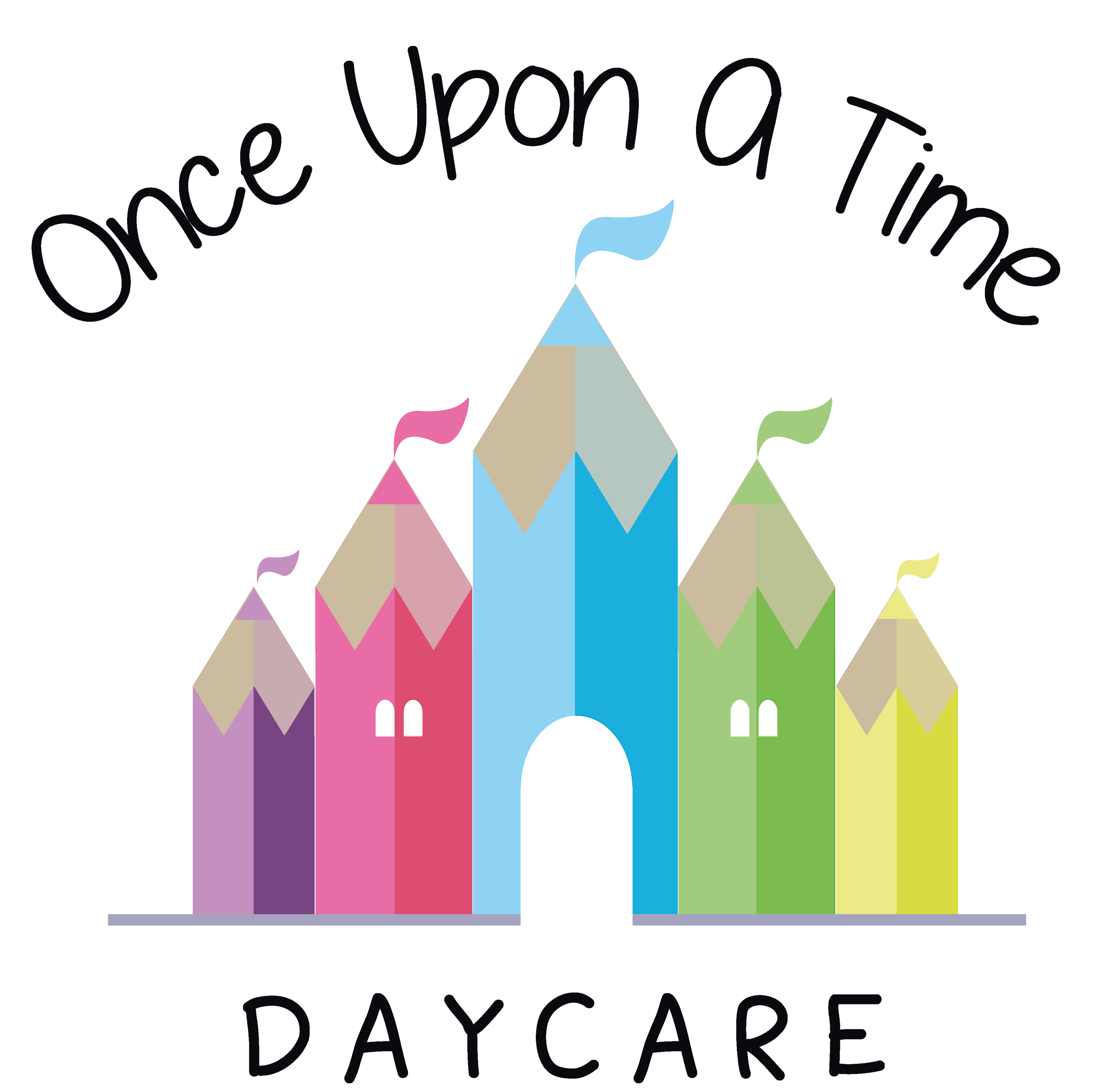Outdoor Learning
Why does outdoor learning matter in the early years?
Because children’s developing bodies and brains are interconnected to such an extent that movement supports learning. And where do children have the opportunity to move most? When they are out of doors free from constraints such as knocking into furniture or breaking objects!
Benefits of outdoor learning in the early years
Outdoors is both positive from a health perspective but also for connecting children with the environment.
Outside children can enjoy the light and shade of different times of day and seasons or observe the subtle changes that take place as one season passes into another. This appreciation helps them to understand the world as well as to develop their imagination.
Developing an awareness of nature and the natural world helps children to understand the importance of caring for plants, animals and other creatures – key to personal and social development as well as to Understanding the World.
Outdoor spaces provide opportunities to move and explore that are often lacking in many environments. Finding out and exploring are significant in terms of the Characteristics of Effective Learning.
Big spaces encourage children to open their posture; when using their arms like wings they often want to ‘fly’ through space or swing or climb or simply roll around in safe outside spaces.
Movement is associated with brain development and learning – children express themselves non-verbally before they can ever put their thoughts into words or pictures.
How can the outdoor area support Children’s learning in the EYFS?
Outdoor spaces free children from the constraints associated with indoor learning. They can engage in many large-scale activities such as:
Spraying water from a hose (cause and effect)
- Immersing themselves in a sand pit (sensory exploration)
- Crawling through a tunnel or over a low bench (finding out what they can do)
- Climbing up high (perspective taking)
- Swinging from a rope or a sturdy branch (balance and vestibular functions)
- Making marks with chalk or in mud or water (hand-eye coordination, early communication/writing)
- Mapping out a route by dropping stones for somebody else to follow (sense of place)
- Feeding birds (care for dependent creatures)
- Hide and seek (decentring to consider where someone else may choose to hide; counting in 1s, 2s, 5s or 10s).
- Throwing a ball or bean bag to hit a certain spot (hand-eye coordination)
- Sharing books or conversations with other children and/or adults (PSED: Making relationships; Communication: Listening and Attention, Understanding; Speaking; Literacy: Reading)
- Making dens and hidey holes or presenting shows (EAD: Being Imaginative; C&L: Listening and Attention, Understanding; Speaking; Maths: Numbers, SSM)
- Making potions and concoctions (Literacy: Retelling stories; C&L: Speaking; EAD: Being imaginative).
Every area of learning can be supported and developed outdoors and with our experienced practitioners which plan to follow children’s lead and extend opportunities by scaffolding children’s learning.
